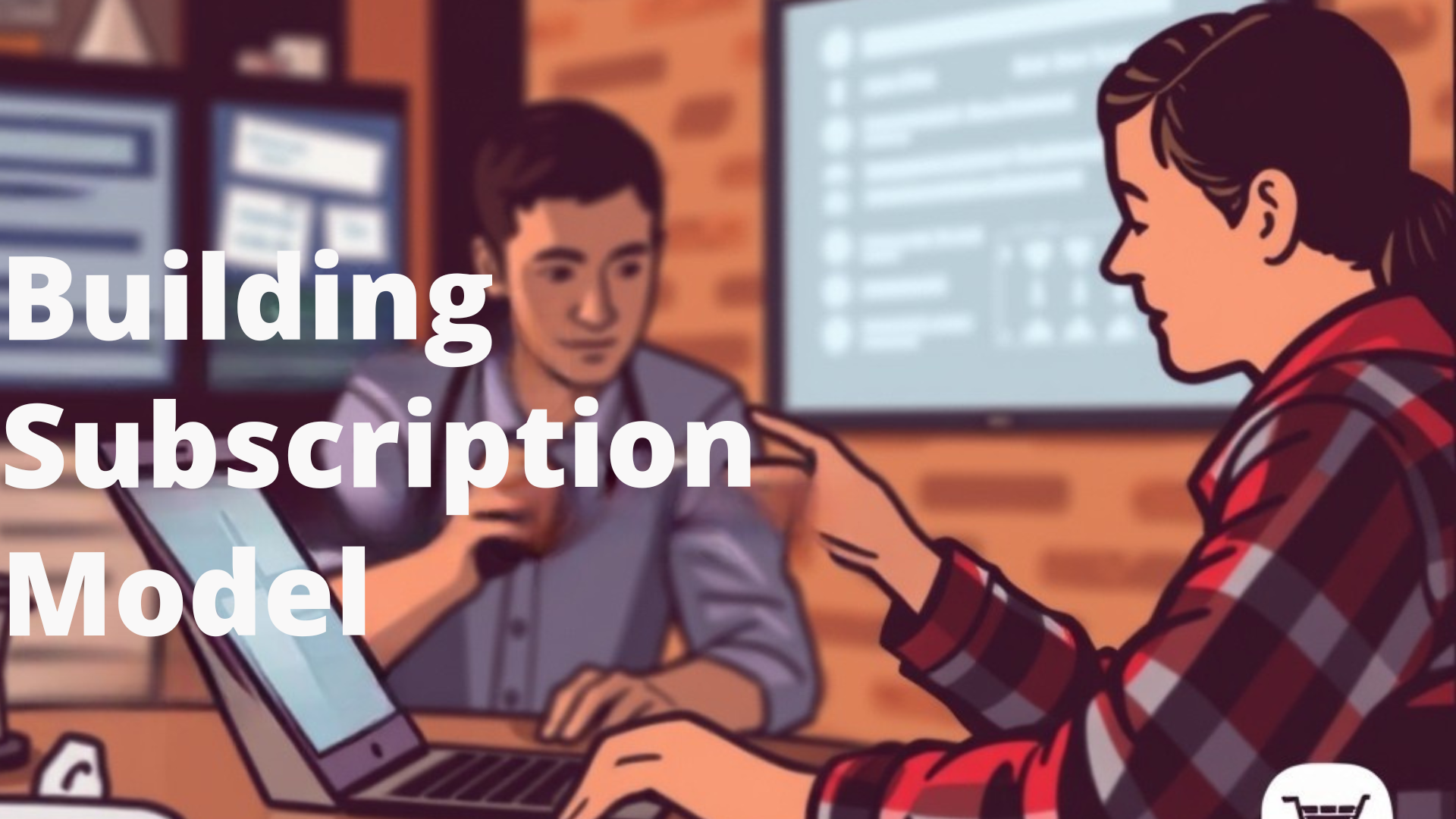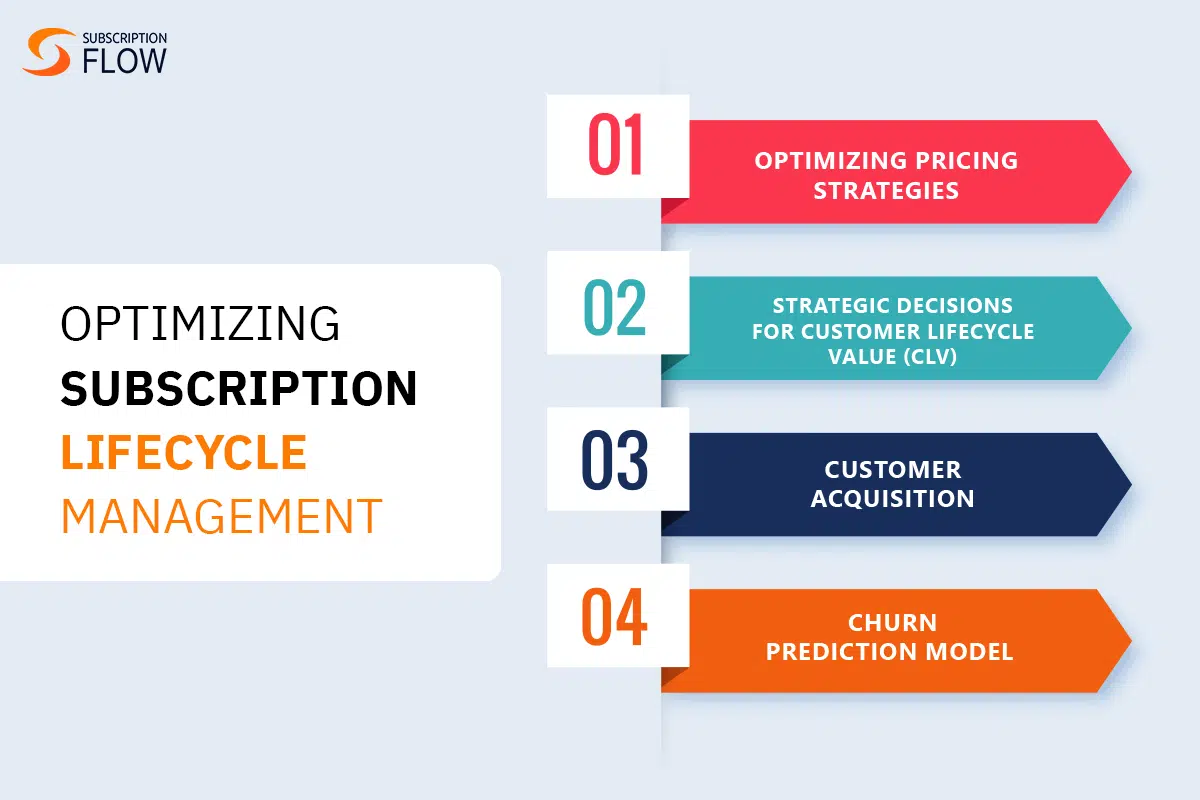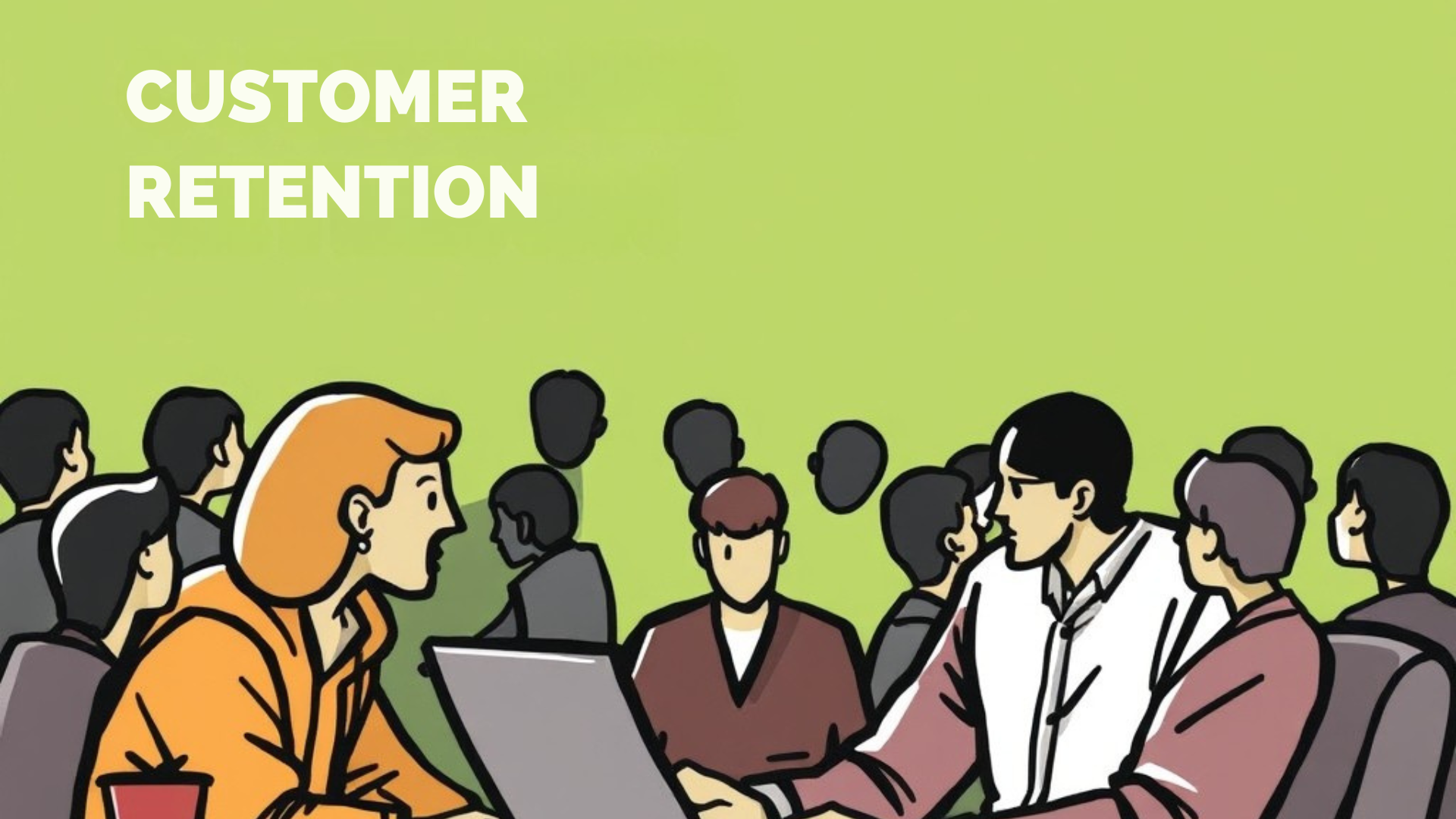Starting a subscription business can be a super exciting way to tap into a model that works well for both customers and entrepreneurs. People love having things delivered to them regularly, whether it’s snacks, beauty products, or even online streaming services. It’s not just about solving problems; it’s also about making the experience fun for your subscribers.
The Importance of Subscription Models in 2025
By the time we hit 2025, subscription services are going to be even more popular. More people are looking for ways to subscribe to services that keep them happy, and businesses can use this to make consistent revenue. To get in on this trend, businesses need to really think about what today’s subscribers want and need.
Understanding What Consumers Need

Step 1: Solve a Real Problem
When you’re thinking of starting a subscription business, the first thing to do is find a real problem that people are dealing with. For example, a coffee subscription might start because folks are tired of getting stale coffee from the grocery store.
Step 2: Testing and Learning About Your Audience
Next up, you need to test your ideas with real people. Chatting with potential customers through surveys or platforms like Kickstarter can provide you with tons of useful feedback.
- Conduct Surveys: Find out what people like, what they can spend, and what features they want.
- Use Focus Groups: Share your ideas and get feedback from potential subscribers to refine your plans.
This whole process helps you craft subscription services that really resonate with people and keep them coming back.
Creating a Value Proposition
Step 3: Build a Compelling Value Proposition
Having a clear value proposition is key for any subscription business. It helps your service stand out in a crowded marketplace, showing why subscribers should choose you.
For instance, when RISE Coffee Box started, they made it clear that they weren’t just selling coffee; they were about quality and ethical sourcing. Their value proposition was all about:
- Freshness: Subscribers get freshly roasted coffee that tastes amazing.
- Sourcing: They get their beans from the best local roasters, showcasing unique flavors.
- Ethical Practices: They donate a part of their sales to address issues like child labor on coffee farms, which resonates with socially conscious subscribers.
You want to answer questions like:
- Why should customers pick your subscription?
- What unique perks do you offer?
- How do you align your values with what your subscribers care about?
Talking directly to potential customers during your research phase will help sharpen this message and make it attractive.
Building the Subscription Model

Step 4: Designing Your Subscription Model
Creating a successful subscription means thinking about how often you deliver, pricing options, and how flexible your service is. This can really change how users feel about your service and can keep them subscribed.
When Alice created the RISE Coffee Box, she focused on:
- Frequency: Offering choices for weekly or monthly deliveries to fit different coffee-drinking habits.
- Pricing Tiers: Having various subscription plans to cater to different budgets.
- Flexibility: Giving subscribers the option to adjust delivery schedules or skip a month.
This flexibility is important since it helps you attract new subscribers and keep current ones happy.
Step 5: Choosing the Right Technology
After figuring out your subscription model, choosing the right tech is super important for smooth sailing going forward. For Alice, investing in good subscription management software made her operations a breeze, helping her focus on keeping customers happy.
Key tech factors include:
- User-Friendly Interface: Look for platforms that are easy for customers to navigate.
- Payment Processing: Ensure the tech offers secure and recurring payments without hassle.
- Analytics Tools: Pick software that helps you understand customer behavior based on real data.
By thinking carefully about the design of your subscription and the tech you use, you can lay a solid foundation for growth and customer satisfaction.
Marketing Strategies

Step 6: Creating a Strong Marketing Strategy
With your subscription model set, it’s time to roll out an effective marketing plan that draws in subscribers. Marketing for subscriptions is all about creating lasting relationships rather than one-off sales.
For Alice at RISE Coffee Box, she focused on essential channels like:
- Social Media Engagement: Using Instagram and Facebook to visually showcase their coffee and share the stories behind each brew.
- Influencer Partnerships: Teaming up with coffee-loving influencers to tap into existing communities and get authentic recommendations.
- Referral Programs: Encouraging existing subscribers to refer friends in exchange for discounts or free goodies.
Also, content marketing played a big part in their strategy. RISE put out blog posts and newsletters that shared info about different coffee types and brewing techniques, which made the overall customer experience much richer.
An effective marketing game plan should connect with your audience emotionally while highlighting the unique benefits of your subscription.
Customer Retention

Step 7: Focusing on Customer Retention
Keeping your customers happy is key for a successful subscription service. It’s usually cheaper to retain existing customers than to bring in new ones.
To ensure strong retention, consider:
- Reliable Service: Make sure deliveries are on time. Consistency means trust.
- Easy Account Management: Offer a platform where customers can easily modify their subscriptions.
- Responsive Customer Service: Make it easy for subscribers to get help when they need it.
Step 8: Creating Emotional Connections
Building a personal connection with your subscribers can create loyalty and keep churn rates low. For RISE, this meant crafting unforgettable experiences that go beyond just delivering coffee.
Alice focused on:
- Exclusive Events: Hosting coffee tastings and workshops to make subscribers feel special.
- Personalization: Sending tailored recommendations based on their past choices.
- Loyalty Rewards: Launching a rewards program to appreciate long-time subscribers.
By creating emotional connections and focusing on retention, subscription businesses can build a loyal customer base that sticks around and even spreads the word about the brand.
Monitoring Performance

Step 9: Keeping an Eye on Key Metrics
Understanding key performance indicators (KPIs) is crucial for the long-term success of your subscription business. These metrics help you see how your customers are behaving and how healthy your business is.
For Alice at RISE Coffee Box, tracking things like churn rate, customer acquisition cost, and customer lifetime value helped her improve and scale her subscription model. Here’s what to keep an eye on:
- Churn Rate: This shows what percent of subscribers cancel in a given time. A high churn rate means you need to work on retention.
- Customer Acquisition Cost (CAC): Knowing how much it costs to attract a new subscriber helps with budgeting for marketing and evaluating profits.
- Customer Lifetime Value (CLV): This indicates how much money you can expect to make from a subscriber throughout their journey with you. A high CLV means your service truly connects with customers.
The Importance of Monitoring Performance
Keeping track of these metrics isn’t just about numbers; it’s about using the data to make smart tweaks. By analyzing trends and figuring out what drives subscribers, you can fine-tune your marketing, improve customer experience, and spot growth opportunities.
For example, if the churn rate spikes, Alice can launch specific campaigns to re-engage those subscribers or enhance her offerings. Being proactive about monitoring performance helps businesses stay adaptable and able to provide value to subscribers, which is key for a thriving subscription model.
In short, focusing on these strategies can set your subscription business up for success well into the future.
FAQ
Q: What is a subscription business model?
A: A subscription business model is a revenue model where customers pay a recurring fee to gain access to a product or service, creating predictable revenue streams for the business. This model can include various types of subscriptions, such as monthly subscriptions or annual memberships.
Q: What are the key benefits of subscription businesses?
A: The benefits of subscription businesses include predictable revenue, improved customer relationships, and the ability to attract new customers through various subscription options. Additionally, subscription businesses can create loyal customer bases, leading to long-term profitability.
Q: What types of subscription models are popular in 2025?
A: Popular types of subscription models include subscription boxes, digital content subscriptions, and software-as-a-service (SaaS) offerings. Each model serves different customer needs and can be tailored to fit various business plans.
Q: How can I effectively price my subscription?
A: To price your subscription effectively, consider conducting market research to understand competitor pricing, value your offering based on customer needs, and test different price points. Offering a free trial can also help attract new customers and gauge interest.
Q: What are the key considerations for launching a subscription service?
A: Key considerations for launching a subscription service include defining your target audience, selecting the right subscription model, developing a strong marketing strategy, and ensuring a seamless integration of the subscription into your online store.
Q: How do I build a business around a subscription service?
A: To build a business around a subscription service, start by identifying a niche market, creating a compelling value proposition, and developing a subscription box or service that meets customer needs. Focus on customer acquisition and retention strategies to ensure a thriving subscription business.
Q: What role does customer relationships play in a subscription business?
A: Customer relationships are crucial in a subscription business as they help retain subscribers and reduce churn rates. Engaging with customers through feedback, personalized offers, and excellent customer support can significantly enhance their overall experience.
Q: How can I attract new customers to my subscription business?
A: To attract new customers, leverage social media marketing, offer promotions such as free trials, and create engaging content that demonstrates the value of your subscription. Utilizing platforms like Shopify can also help streamline the customer acquisition process.
Q: What does a successful subscription business plan include?
A: A successful subscription business plan should include a clear definition of the target market, detailed financial projections, marketing strategies, customer retention plans, and an outline of the subscription options available. It should also define how the business model provides predictable revenue.
Q: How can I ensure my subscription model can scale?
A: To ensure your subscription model can scale, design your operations to handle increased demand, invest in technology that supports growth, and continuously analyze customer data to adapt your offerings. This will help your subscription business grow sustainably over time.
Conclusion
Launching a successful subscription business in 2025 requires a strategic blend of customer understanding, value creation, and operational excellence. The journey begins with identifying genuine consumer needs and developing a compelling value proposition that resonates with your target audience. Building a flexible subscription model supported by the right technology creates the foundation for scalable growth.
Success in this space demands more than just a great product or service – it requires consistent marketing efforts, exceptional customer retention strategies, and vigilant performance monitoring. As demonstrated through the RISE Coffee Box example, businesses that prioritize customer experience while maintaining operational efficiency are best positioned to thrive in the growing subscription economy.
By following these essential steps and remaining adaptable to changing market conditions, entrepreneurs can build subscription businesses that not only generate predictable revenue but also create lasting relationships with their customers. The future of subscription commerce is bright for those who can execute these principles effectively while staying true to their core value proposition.
0 comments